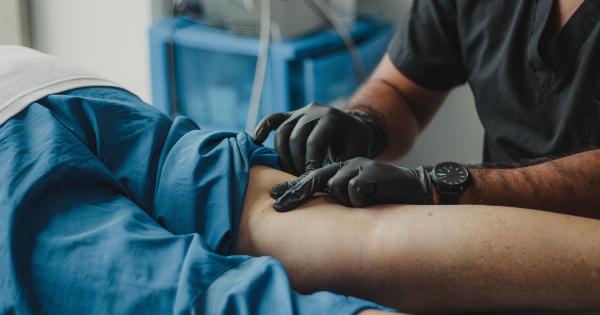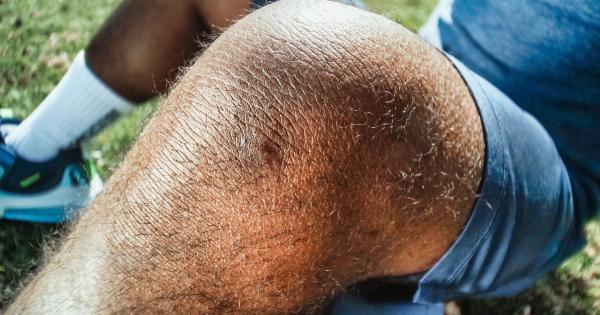Knee arthritis is a common condition that affects millions of people worldwide. It is characterized by pain, stiffness, and swelling in the knee joint, which can significantly limit mobility and affect quality of life.
However, with early detection and effective treatment, individuals suffering from knee arthritis can find relief and manage their symptoms more effectively. This comprehensive guide will provide valuable insights into detecting knee arthritis, understanding its symptoms, diagnosis methods, available treatment options, and preventive measures to minimize its impact.
Understanding Knee Arthritis
Knee arthritis, also known as osteoarthritis of the knee, is a degenerative joint disease that primarily affects the knee joint.
It occurs when the protective cartilage that cushions the knee joint wears down over time, leading to bones rubbing against each other, causing pain, inflammation, and stiffness. The condition is more prevalent in older adults, but it can also develop due to injury, excessive stress on the knee, obesity, or genetic factors.
Symptoms of Knee Arthritis
The most common symptoms of knee arthritis include:.
- Joint pain that worsens with activity
- Swelling and tenderness in the knee
- Stiffness, especially after periods of rest or inactivity
- A reduced range of motion
- A feeling of grinding or popping in the knee joint
- Deformities, such as bow-legged or knock-kneed appearance
It is important to note that symptoms can vary from person to person, and some individuals may experience mild symptoms while others may have more severe complications.
If you notice any of these symptoms persisting or worsening, it is essential to consult a healthcare professional for an accurate diagnosis and appropriate treatment.
Diagnosing Knee Arthritis
To diagnose knee arthritis, your healthcare provider will consider multiple factors, including:.
- Medical history: Your doctor will discuss your symptoms, previous injuries, and family history to assess the likelihood of knee arthritis.
- Physical examination: A thorough examination of the knee joint can help identify signs of inflammation, swelling, tenderness, and reduced range of motion.
- Imaging tests: X-rays, MRIs, or CT scans may be required to visualize the knee joint’s internal structures, such as bone spurs, cartilage loss, or joint damage.
In some cases, your doctor may recommend additional tests, such as blood tests or joint fluid analysis, to rule out other potential causes of knee pain and confirm the diagnosis of knee arthritis.
Treatment Options for Knee Arthritis
While there is no cure for knee arthritis, several treatment options can help alleviate pain, reduce inflammation, improve joint function, and enhance overall quality of life.
The choice of treatment depends on the severity of symptoms, the patient’s age, overall health, and personal preferences. Some common treatment options for knee arthritis include:.
- Medications: Nonsteroidal anti-inflammatory drugs (NSAIDs), corticosteroids, analgesics, and hyaluronic acid injections can effectively manage pain and reduce inflammation associated with knee arthritis.
- Physical therapy: Targeted exercises, stretches, and strengthening techniques recommended by a physical therapist can improve joint mobility, strengthen surrounding muscles, and reduce pain.
- Assistive devices: The use of crutches, braces, or shoe inserts can provide additional support, reduce stress on the knee joint, and improve mobility.
- Injections: Platelet-rich plasma (PRP) therapy or stem cell injections can promote tissue healing and reduce pain in some cases.
- Surgery: In severe cases where conservative treatments do not provide relief, surgical intervention may be necessary. Procedures such as arthroscopy, osteotomy, or joint replacement can help restore joint function and alleviate pain.
It is crucial to discuss the available treatment options with a healthcare professional to determine the most suitable approach tailored to your condition.
Preventing Knee Arthritis
While knee arthritis cannot always be prevented, some preventive measures can reduce the risk and delay its onset:.
- Maintain a healthy weight: Excess weight puts additional stress on the knee joints, accelerating cartilage wear. Maintaining a healthy weight can reduce the strain on your knees.
- Stay active: Regular exercise, especially low-impact activities such as swimming or cycling, can help strengthen the muscles surrounding the knee joint while minimizing joint stress.
- Protect your knees: Use knee pads or appropriate protective gear during activities that put strain on the knees, like sports or gardening.
- Wear supportive footwear: Choose shoes that provide adequate cushioning, stability, and shock absorption to minimize stress on knee joints.
- Avoid repetitive stress: Try to avoid activities that involve repetitive knee movements or excessive kneeling, as they can hasten joint degeneration.
Implementing these lifestyle practices can promote knee joint health and potentially reduce the risk of developing knee arthritis.
Conclusion
Knee arthritis can significantly impact one’s quality of life, but with early detection, proper diagnosis, and suitable treatment, individuals can effectively manage the symptoms and improve joint function.
It is essential to pay attention to any persistent knee pain, stiffness, or swelling and consult a healthcare professional for an accurate diagnosis. By understanding the available treatment options and adopting preventive measures, individuals can mitigate the impact of knee arthritis on their daily lives and maintain optimal knee joint health for years to come.



























